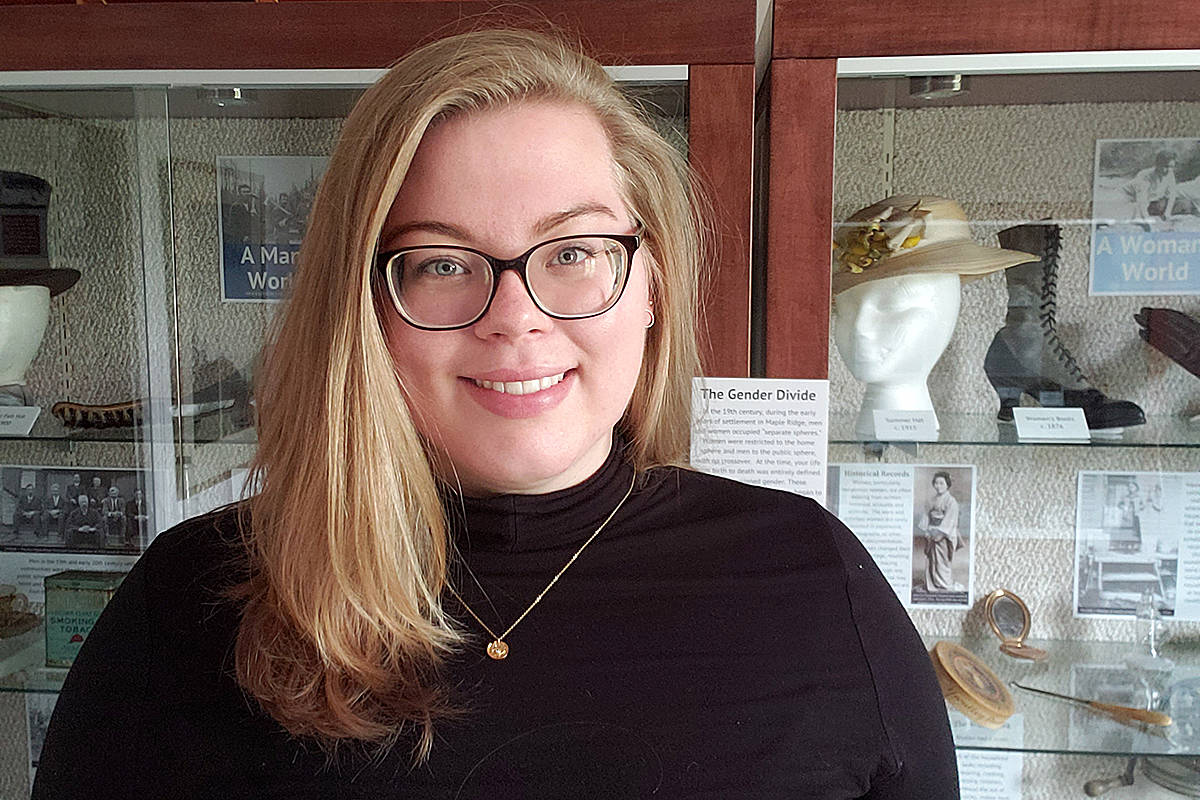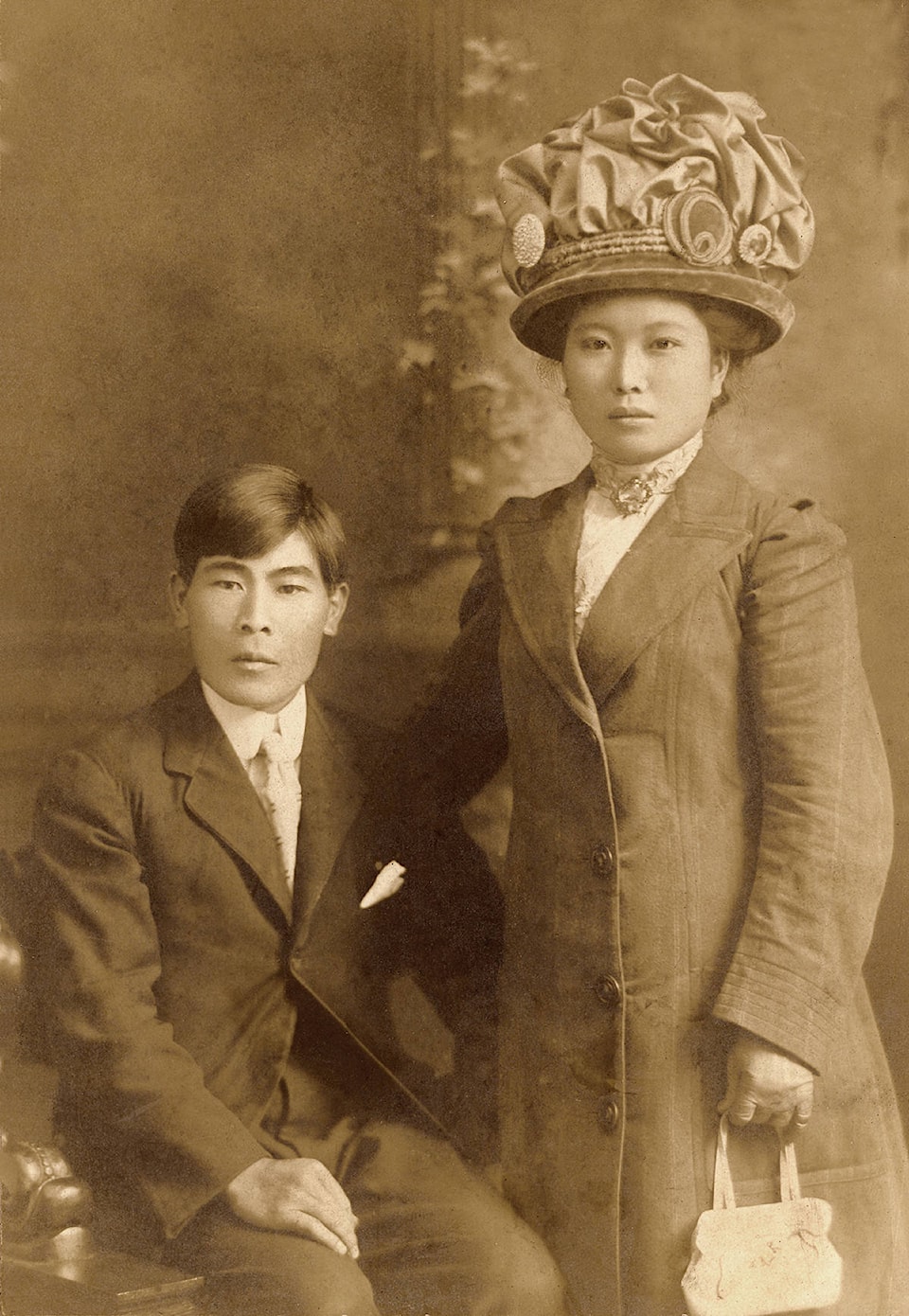by Melissa Rollit/Special to The News
In the spirit of Valentine’s Day, this column tells of Maple Ridge residents Mankichi and Haruyo Eyemoto (Iyemoto), their beautiful love story and their tragic end.
Their story begins in Yamaguchi-ken, a prefecture in Japan, where both Mankichi Eyemoto and Haruyo (Harnyo) Muramoto were born.
As a young girl, Haruyo would often see Mankichi as he went about his business in town. At the age of six, she decided that he was the man she would marry.
Mankichi was 19 at the time and had dreams of moving to Canada in the search for better opportunities.
In 1904, he arrived in Pitt Meadows. He is believed to be the first Japanese Canadian farmer to arrive in the area.
Initially, he worked for a Hakujin (non-Japanese) farmer. He would later lease, then buy several acres of farmland in Hammond, where he found success as a berry farmer.
Seeing Mankichi’s strong work ethic, the Hakujin farmers asked him to recruit more workers for the strawberry picking season.
PAST COLUMNS – LOOKING BACK: Woman pioneer thrust into postal role and more
Through time, many young Japanese men from Yamaguchi-ken found their way to the area thanks to Eyemoto.
These workers would later lease their own acreage in Hammond, creating a community know to the Nikkei community as Yamaguchi-mura (translating roughly to Yamaguchi Village).
Meanwhile in Japan, Haruyo never forgot Mankichi. In the early 20th century, marriages were commonly arranged. Men would send pictures of themselves with a go-between to speak to the women of interest and her family.
If the women agreed, the marriage was arranged.
Although Haruyo received pictures of many potential suitors through the years, she would not have any of them.
She still hoped to hear from Mankichi, despite the distance and time passed. Her faith was well rewarded when one day a letter from Canada arrived with Mankichi expressing interest in marriage.
Haruyo made the arduous journey to B.C., and at long last they were wed in 1911.
The Eyemoto’s would spend many happy years together on their berry farm with their children.
Sadly, this happy period would not last.
In 1942, the Eyemoto family was removed from their home. They were sent to Manitoba to work as farm labourers during the Japanese Canadian Internment of the Second World War.
Japanese Canadians were forcibly removed from their homes and sent “back to Japan,” a place many of these Canadians had never been.
PREVIOUS COLUMN: LOOKING BACK – Sharing memories of winters past
Upon their departure, their assets were subsequently liquidated.
In 1946, the married couple were forced to return to Japan, bringing most of their children with them.
Their two eldest daughters made the hard decision to stay in Manitoba.
Not long after their arrival in a war-torn Japan, reeling from the fallout of the atomic bombings, both Mankichi and Haruyo passed away in 1948.
Their children would all be reunited in Winnipeg in 1949.
.
- Melissa Rollit is curator of the Maple Ridge Museum
.
_________________________

